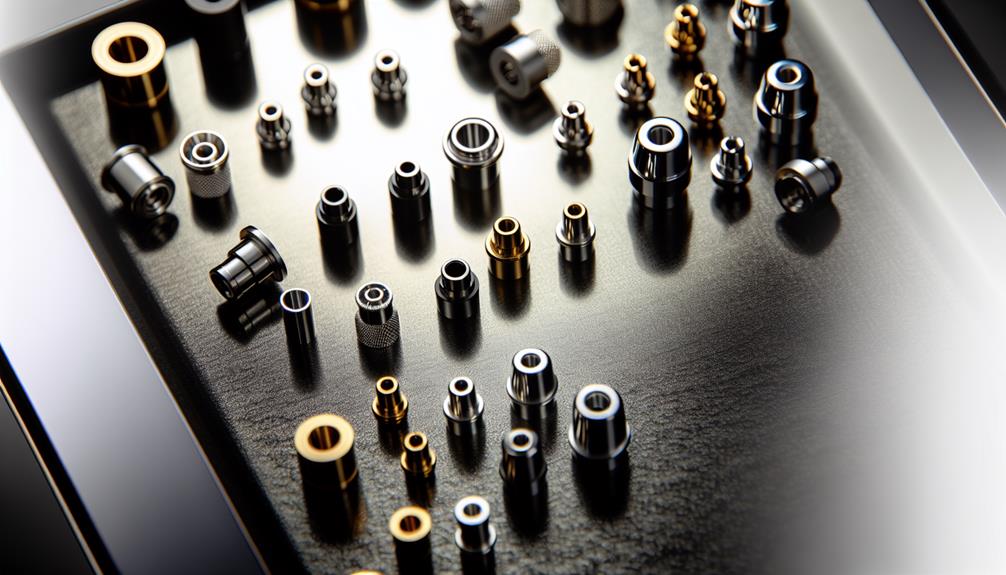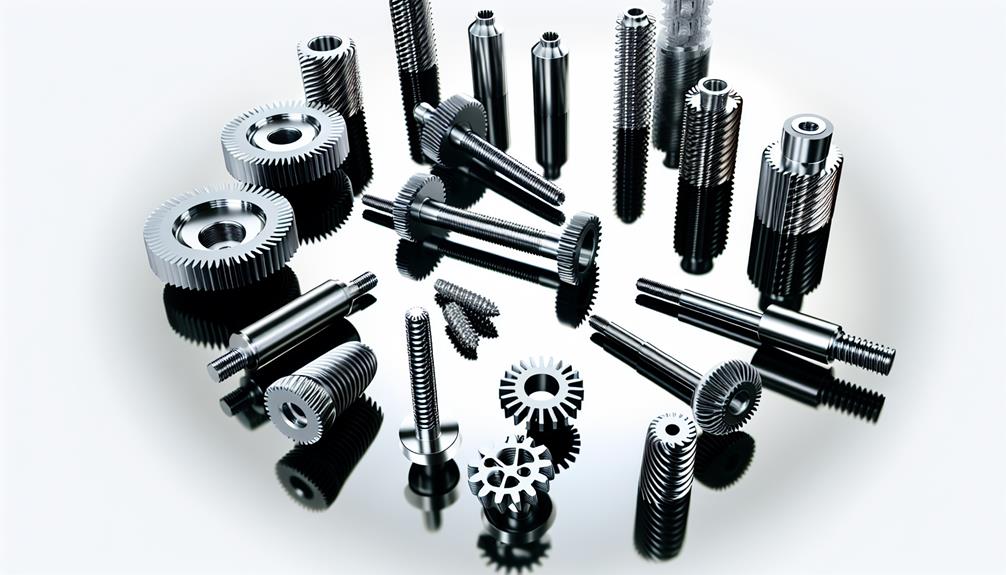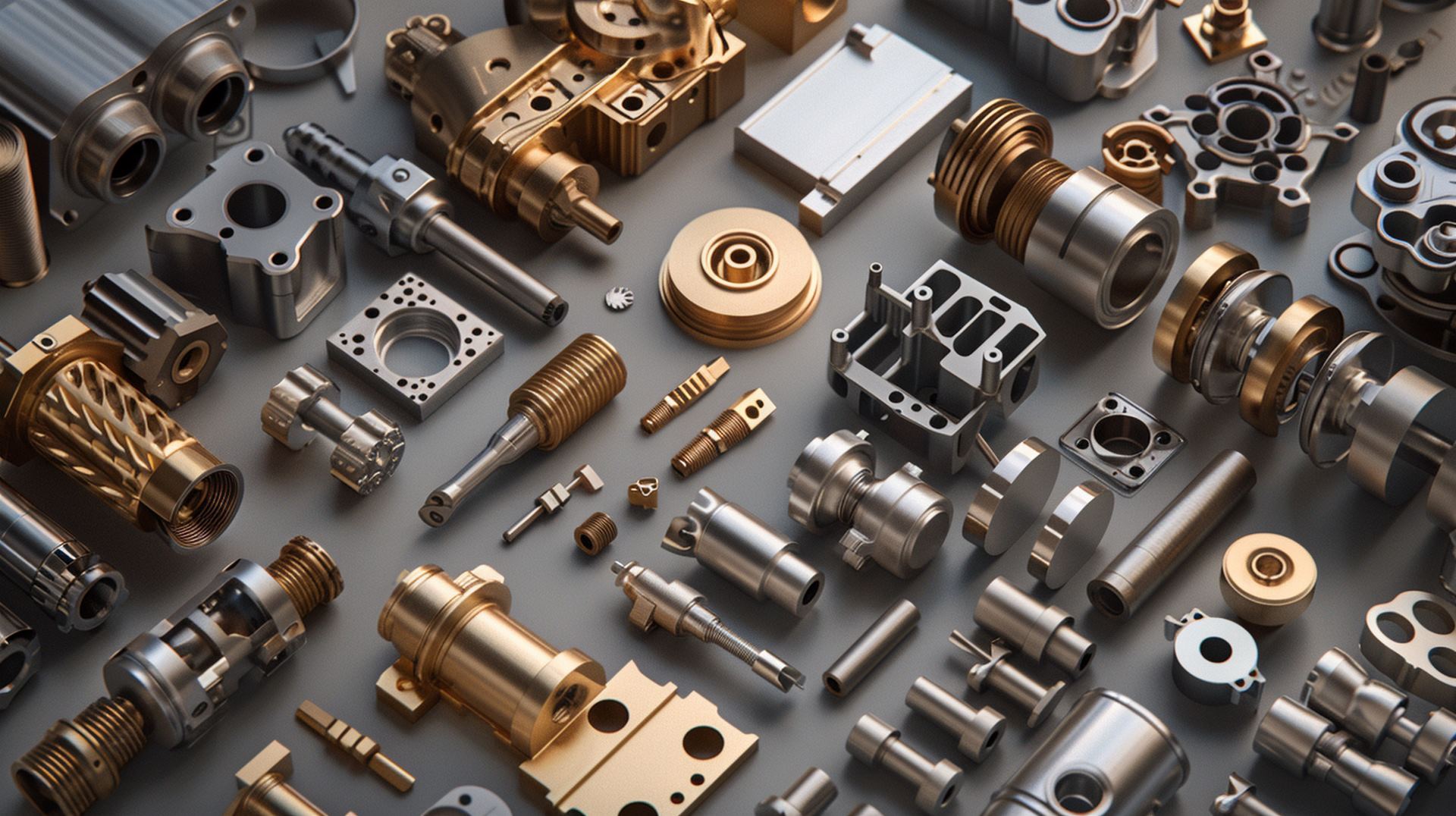Guide to Imperial Metric Screw Sizes
Screw sizes play a crucial role in various industries and projects, necessitating a comprehensive understanding of the imperial metric measurement system.
This article aims to provide an objective and impersonal guide to navigating the complexities of imperial metric screw sizes.
By exploring the key differences between imperial and metric measurements, examining common types of imperial metric screws and their corresponding sizes, as well as offering tips for conversion and selection, readers will gain valuable insights into effectively utilizing these essential components within their projects.
Key Takeaways
- Imperial screw sizes are measured in inches, while metric screw sizes are measured in millimeters.
- Imperial screw sizes consist of a number representing the major diameter and a fraction indicating the length, while metric screw sizes consist of a major diameter followed by a pitch value indicating the number of threads per millimeter.
- Matching screws between imperial and metric systems can be challenging due to the different units of measurement.
- When converting imperial metric screw sizes to metric, it is important to use conversion charts or online calculators and select the closest available option since not every imperial metric screw size has an exact metric equivalent.
1. Understanding Imperial and Metric Measurement Systems
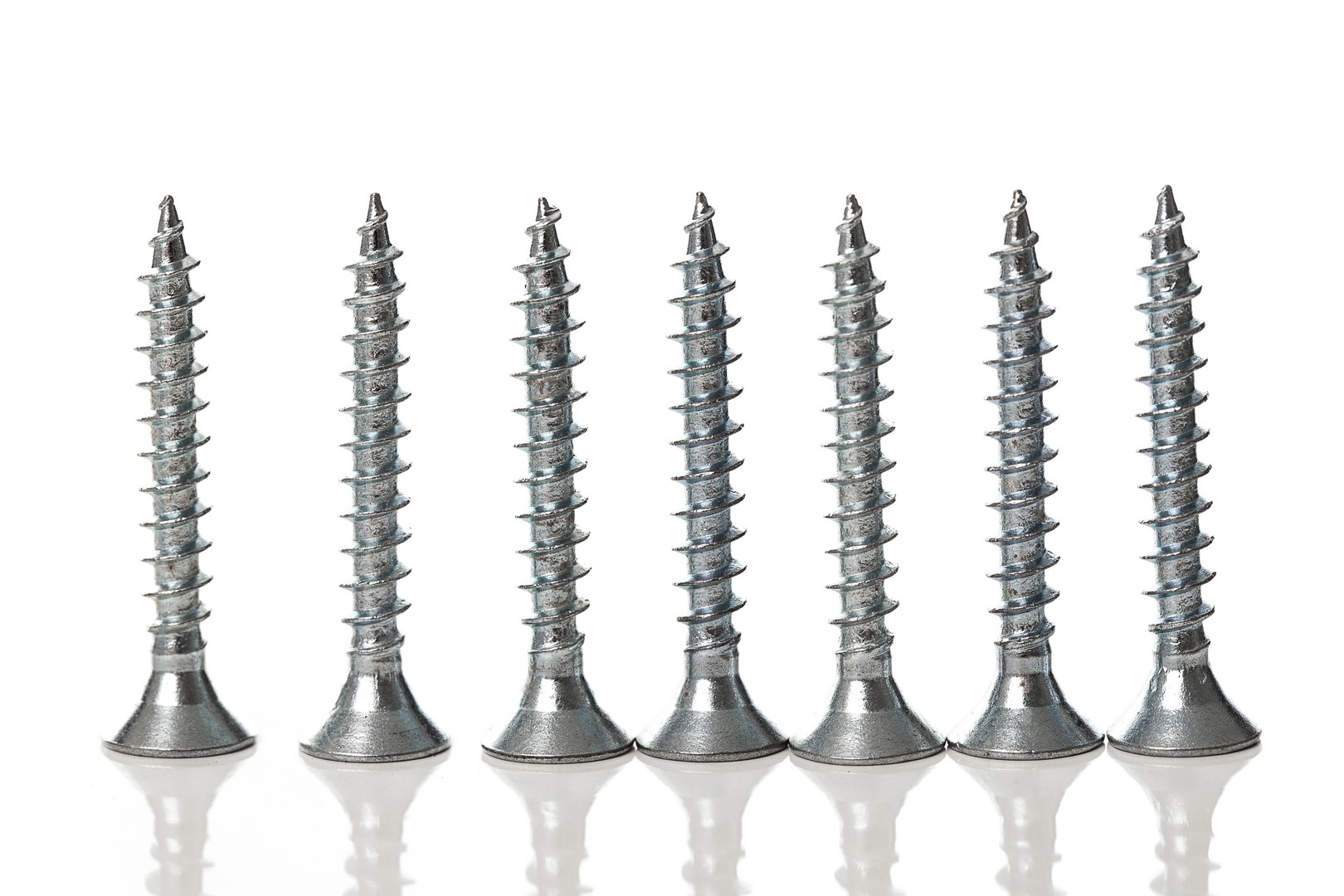
The understanding of imperial and metric measurement systems is essential for accurately determining screw sizes. These two systems are used to measure length, with each having its own unique set of units and conversions.
The imperial system, primarily used in the United States, uses inches as its base unit for measuring length. It employs fractions and decimals to represent different sizes, such as 1/4 inch or 0.375 inch.
On the other hand, the metric system, widely adopted internationally, utilizes millimeters as its base unit for measuring length. This system follows a decimal-based approach where measurements are represented in multiples or divisions of ten, such as 10 mm or 25 mm.
Understanding these measurement systems is crucial when dealing with screw sizes because screws are often measured using both imperial and metric units. For example, an imperial screw may have a diameter specified in inches while its length might be given in millimeters. Being able to convert between these two systems is necessary to ensure that the correct size of screws is selected for specific applications.
With this understanding of the importance of measurement systems in mind, it becomes evident that there are key differences between imperial and metric screw sizes that need to be explored further.
2. Key Differences Between Imperial and Metric Screw Sizes
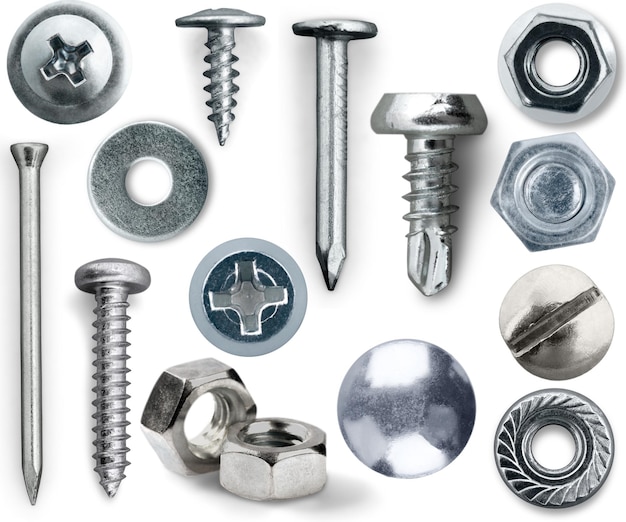
One notable distinction between the systems commonly used for measuring screws lies in their respective units of measurement. In the imperial system, screw sizes are typically measured using inches, whereas in the metric system, millimeters are used. This distinction can cause confusion and difficulty when trying to match screws from different systems. For example, a 1/4-inch screw in the imperial system may not have an exact equivalent size in the metric system.
Imperial screw sizes often consist of two parts: a number followed by a fraction. The number represents the major diameter or thread size of the screw, while the fraction indicates the length or shank size. Commonly used imperial screw sizes include #2-56, #4-40, and #10-32.
Metric screw sizes follow a similar pattern but are measured exclusively in millimeters. They also consist of two parts: a major diameter followed by a pitch value denoting how many threads exist per millimeter. Popular metric screw sizes include M3x0.5, M4x0.7, and M6x1.
Understanding these key differences between imperial and metric screw sizes is crucial when selecting appropriate fasteners for specific applications. In the following section, we will explore common types of imperial metric screws and their sizes without repeating any steps involved in understanding these distinctions.
3. Common Types of Imperial Metric Screws and Their Sizes

To understand the typology and dimensions of screws, it is essential to explore the various types of fasteners used in both imperial and metric systems.
When it comes to imperial metric screws, there are several common types that vary in size and purpose:
- Machine Screws: These screws have a uniform diameter along their entire length and are commonly used with nuts or tapped holes.
- Wood Screws: Designed for use in wood applications, these screws have a sharp point and coarse threads that provide excellent grip.
- Sheet Metal Screws: Specifically designed for fastening thin metal sheets, these screws have sharp points and fine threads.
- Self-Tapping Screws: With their ability to create their own threaded holes as they are driven into material, self-tapping screws offer convenience in various applications.
- Socket Head Cap Screws: Known for their cylindrical head with an internal hex socket drive, these screws provide high tensile strength.
Understanding the different types of imperial metric screws sets the stage for learning how to convert their sizes to the metric system.
4. How to Convert Imperial Metric Screw Sizes to Metric
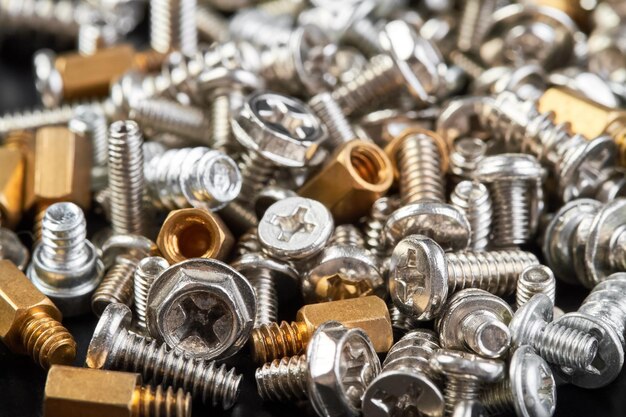
Converting screw sizes from the imperial metric system to the metric system requires a systematic approach that takes into account the specific dimensions and measurements of each type of screw.
The first step in this process is to identify the size and type of screw being used. This information can typically be found on the packaging or by measuring the screw itself. Once the size is determined, it can be converted to metric measurements using conversion charts or online calculators.
The conversion process involves converting both the diameter and length of the screw. For example, if a 1/4-inch diameter screw needs to be converted, it would be equivalent to approximately 6.35 millimeters in metric measurement. Similarly, if a 2-inch long screw needs to be converted, it would be equivalent to approximately 50.8 millimeters.
It is important to note that there may not always be an exact metric equivalent for every imperial metric screw size. In such cases, it is recommended to select the closest available option that meets your requirements.
5. Tips for Choosing the Right Screw Size for Your Project
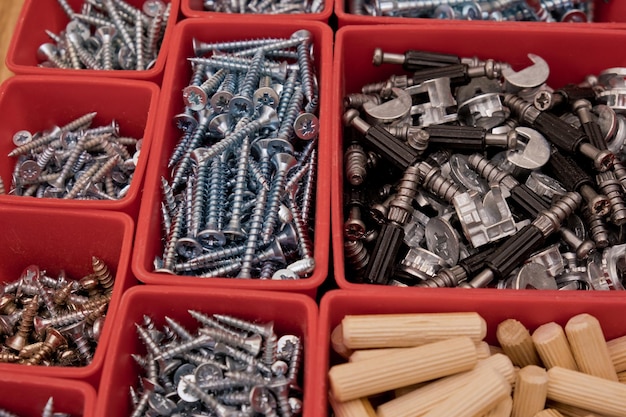
When selecting an appropriate screw size for a project, it is crucial to consider factors such as the weight-bearing capacity and the material of the objects being joined. This ensures that the chosen screw will provide sufficient strength and stability to withstand anticipated loads and prevent failure. Additionally, choosing the right screw size can help minimize damage to the materials being joined, as using screws that are too large or too small can result in splitting or weakening of the materials.
To assist in selecting the right screw size for a project, here are five tips to consider:
- Determine the weight-bearing capacity required: Understanding the maximum load that needs to be supported will help determine the appropriate screw size.
- Consider the material of objects being joined: Different materials have different strengths and properties, so it is important to choose a screw size that matches or exceeds their requirements.
- Take into account any environmental factors: If your project will be exposed to moisture, temperature variations, or other harsh conditions, you may need to select screws that are resistant to corrosion or have specific coating treatments.
- Evaluate ease of installation: Some projects may require screws that are easier to install due to limited access or other constraints.
- Consult industry standards and guidelines: Many industries have established standards and guidelines for selecting appropriate screw sizes based on specific applications. It is recommended to consult these resources for additional guidance.
In conclusion, understanding the differences between imperial and metric screw sizes is crucial for any project. By familiarizing yourself with common types of Imperial metric screws and their sizes, you can choose the right screw for your needs.
Additionally, knowing how to convert imperial metric screw sizes to metric can be helpful when working on international projects.
So, why settle for guesswork when it comes to selecting the right screw size? Take the time to educate yourself and ensure success in your future endeavors.
Know more Information about screws from Mikehardware!

